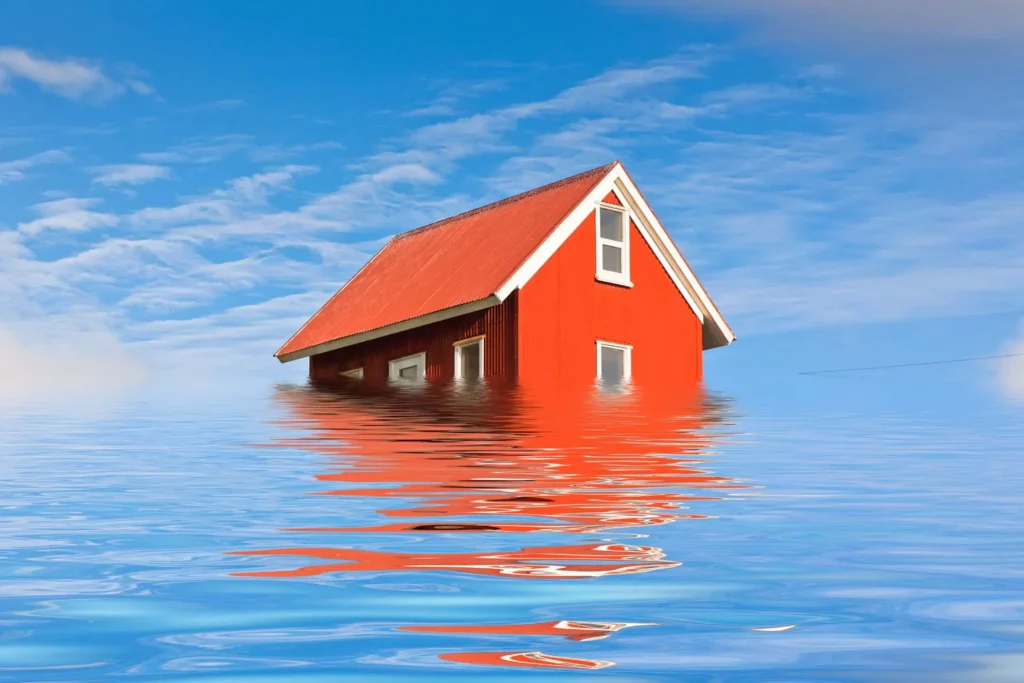In recent years, the number of US homeowners with mortgages that are “seriously underwater” – where the loan amount exceeds the property’s market value – has been on the rise. This trend, driven by a combination of factors such as declining property values and stagnant wage growth, has raised concerns over the long-term financial stability of these homeowners and the wider housing market. This article examines the factors contributing to the increase in seriously underwater mortgages and the potential implications for homeowners, lenders, and the housing market as a whole.
Declining Property Values and Stagnant Wages
One of the primary factors driving the rise in seriously underwater mortgages is the decline in property values. The 2008 housing market crash led to a significant drop in home prices, and while values have since recovered in some areas, they remain below pre-crash levels in many others. This means that for some homeowners, their mortgages are still higher than their property’s market value, leaving them with limited or negative equity.
Stagnant wage growth has also contributed to the problem, as many homeowners struggle to keep up with rising mortgage payments. In addition to the lingering effects of the 2008 financial crisis, other factors such as technological disruption and the shift towards a gig economy have led to stagnant wage growth, making it difficult for some homeowners to keep up with their mortgage payments.
Rising Foreclosure Rates
As more homeowners find themselves seriously underwater, the risk of foreclosure has also been on the rise. When homeowners cannot keep up with their mortgage payments, they may be forced to sell their properties or face foreclosure. This can lead to a downward spiral in property values, further exacerbating the problem of seriously underwater mortgages.
The Impact on Homeowners and Lenders
The rise in seriously underwater mortgages has significant implications for both homeowners and lenders:
- Homeowners: For those with seriously underwater mortgages, the prospect of negative equity can lead to financial stress and uncertainty. Homeowners may find themselves unable to refinance or sell their properties, and may ultimately face foreclosure.
- Lenders: As the number of seriously underwater mortgages increases, lenders may face higher default rates and increased losses. This can have a ripple effect on the wider financial system, as banks and other financial institutions may be forced to write off significant amounts of debt.
Implications for the Housing Market
The rise in seriously underwater mortgages has the potential to impact the housing market in several ways:
- Slower Recovery: The lingering effects of the 2008 housing market crash, combined with the growing number of seriously underwater mortgages, may slow the overall recovery of the housing market.
- Lower Property Values: As more homeowners face financial difficulties and default on their mortgages, property values could decline further, exacerbating the problem of negative equity.
- Increased Government Intervention: The rise in seriously underwater mortgages may lead to increased government intervention to stabilize the housing market and protect homeowners, potentially through the implementation of new policies or programs aimed at assisting struggling homeowners.
The rising number of seriously underwater mortgages in the US is a cause for concern, as it highlights the ongoing challenges faced by homeowners and the broader housing market. A combination of declining property values, stagnant wages, and the lingering effects of the 2008 financial crisis have contributed to this growing problem. As policymakers and industry stakeholders work to address the root causes of this issue, it will be crucial to consider the potential implications for both individual homeowners and the overall health of the housing market.












